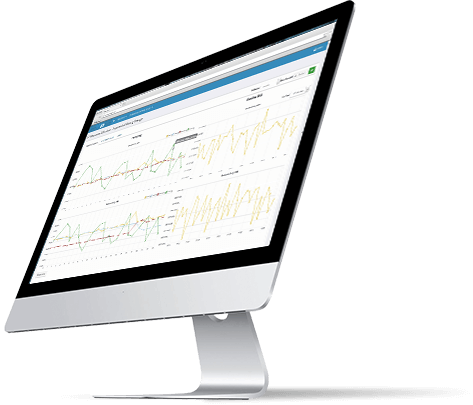Orchestration and Administration
The control and operation of VM lifecycles has emerged as an extremely important element of NFV. Maintaining optimum network and function load, routing, lifecycle maintenance, troubleshooting – these are all aspects of orchestration and administration.
NVGgrid brings a versatile set of orchestration functions into a simple, intuitive User Interface (UI). Users can create templates of chained functions and quickly spin new instances of them to maintain performance as traffic increased. Likewise, maintain optimum network load by cleanly terminating instances.
